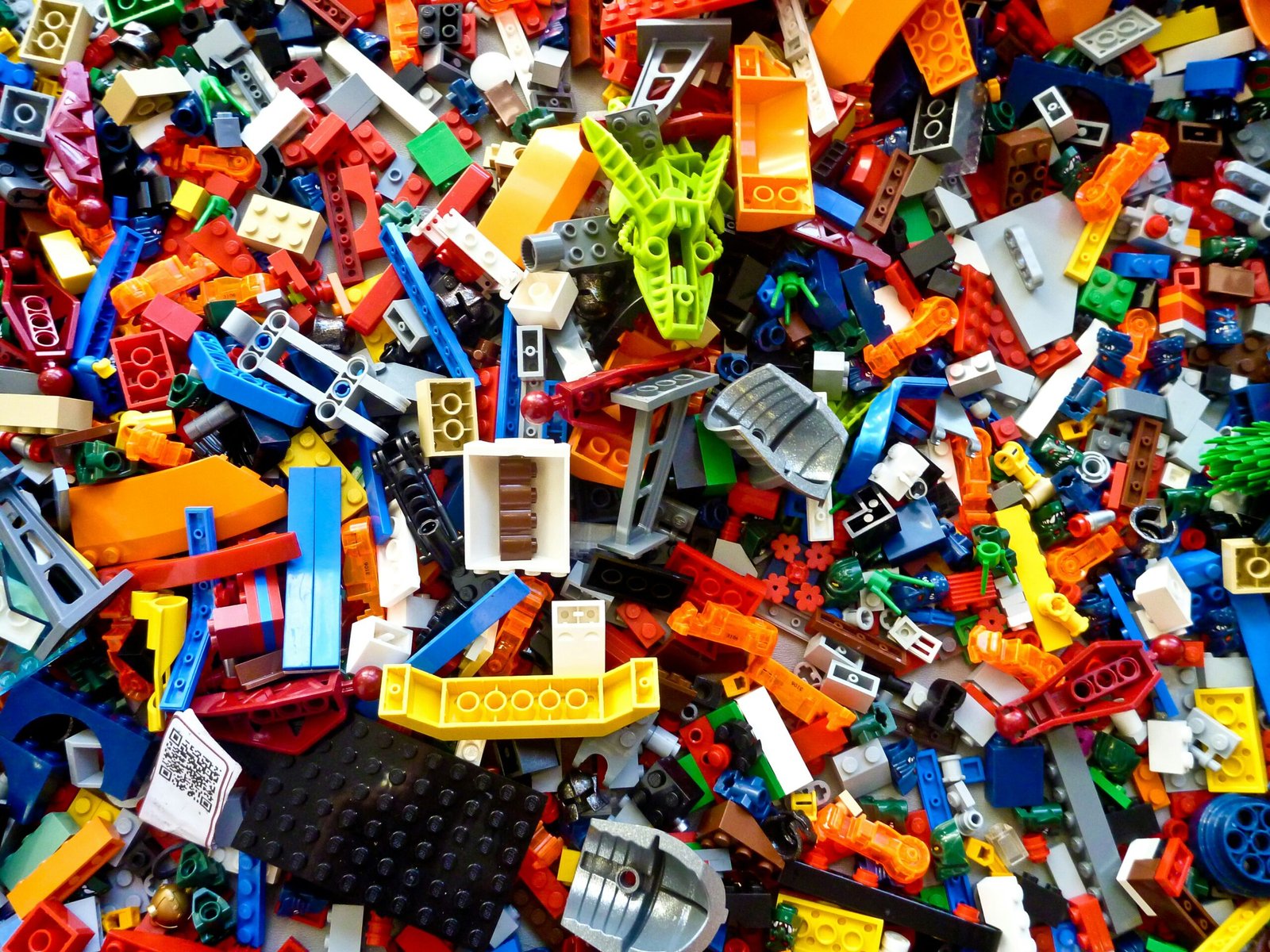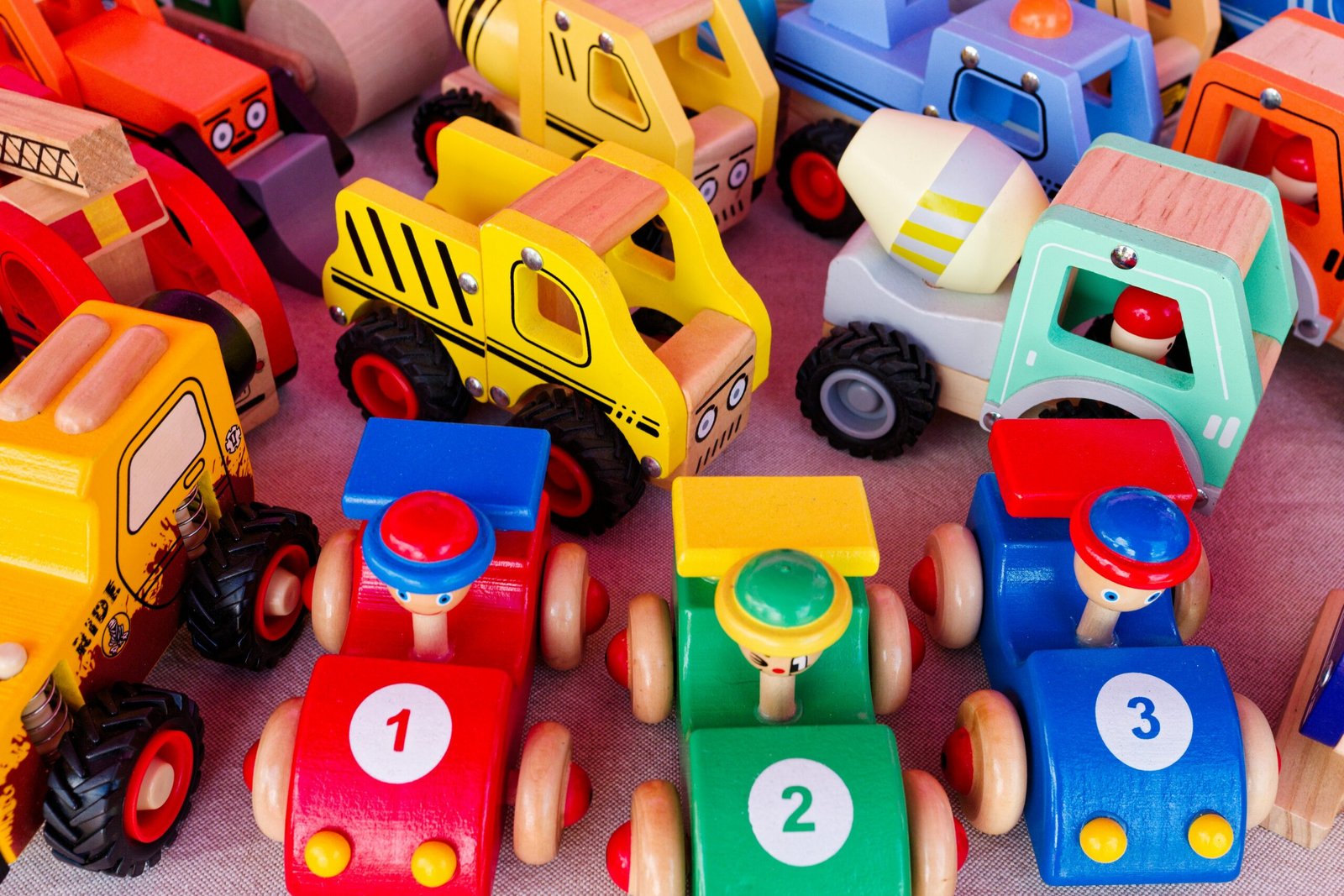Introduction to the Importance of Creative Play
Creative play is a cornerstone of child development, playing a pivotal role in shaping young minds and fostering essential life skills. Engaging in imaginative activities allows children to explore their surroundings, experiment with different scenarios, and develop cognitive abilities that are crucial for problem-solving. Creative toys serve as valuable tools, enabling children to express their thoughts and feelings while encouraging the growth of emotional intelligence.
When children engage with creative toys, they often step into roles that challenge their understanding and abilities. This type of play encourages collaboration with peers, fostering social skills as they negotiate roles, share resources, and work towards common goals. In this environment, they hone their critical thinking skills by devising strategies, planning scenarios, and resolving conflicts. These interactions not only stimulate their creativity but also prepare them for future teamwork in educational and professional settings.
Parents and caregivers play a vital role in facilitating creative play. By providing access to a diverse range of creative toys, they can inspire curiosity and imaginative thinking. The involvement of adults in playtime can further enrich the experience; they can offer guidance, ask open-ended questions, and encourage children to think outside the box. This engagement fosters a supportive atmosphere where children feel safe to explore their creativity without the fear of failure.
Moreover, developing creativity in childhood has long-term benefits that extend well into adulthood. Skills cultivated during these formative years—such as innovative thinking, adaptability, and emotional awareness—are invaluable in navigating the complexities of the modern world. By appreciating the importance of creative play and actively promoting it, parents and caregivers can significantly impact their child’s holistic development, ensuring they grow into well-rounded individuals capable of thinking critically and collaborating effectively.
Criteria for Choosing Creative Toys
When selecting creative toys for children, several criteria must be taken into account to ensure that the chosen items not only entertain but also foster imagination and development. One of the essential aspects is age appropriateness. Toys should be aligned with the developmental stages of children, as this facilitates both safe usage and effective engagement. For instance, items suited for toddlers may focus on sensory exploration, whereas older children might benefit from toys that encourage problem-solving and critical thinking.
Another pivotal factor is safety standards. All toys should comply with recognized safety regulations to prevent hazards such as choking, sharp edges, or toxic materials. Parents and guardians should look for certification marks indicating adherence to safety practices, ensuring peace of mind while allowing children room to explore creatively.
Versatility in play is also a fundamental consideration. Toys that offer multiple ways to play or can be utilized in various contexts are more likely to engage a child’s creativity over time. For instance, blocks can be used for stacking, building, or creative storytelling, making them a valuable addition to any toy collection. Furthermore, toys with potential for open-ended use encourage kids to think outside the box and invent their own ways to play.
The materials used in toy manufacturing should not be overlooked. Eco-friendly and sustainable options tend to be safer for children and are more beneficial for the environment. Look for toys made from non-toxic materials such as wood or organic fabrics, which not only ensure child safety but also instill values of environmental consciousness in young learners. By considering these criteria—age appropriateness, safety, versatility, and materials—parents can choose creative toys that effectively nurture their child’s imagination and growth.
Top 10 Creative Toys to Inspire Imagination
Choosing the right toys can significantly impact a child’s ability to think creatively and express themselves. Here, we explore ten creative toys that are designed to inspire imagination in children, promoting not only fun but also cognitive development. Each toy featured here varies in its approach and suitability for different age groups.
1. LEGO Classic Creative Bricks: This building set invites children aged 4 and up to unleash their creativity. With an assortment of bricks in various shapes and colors, kids can construct anything from simple structures to intricate designs, developing spatial awareness and fine motor skills.
2. Crayola Inspiration Art Case: Recommended for children aged 5 and up, this art case provides a plethora of supplies, including markers, crayons, and colored pencils. Art fosters creativity and self-expression, making this a valuable addition to any young artist’s collection.
3. Melissa & Doug Wooden Magnetic Alphabet Letters: Ideal for toddlers aged 3 and above, this toy not only encourages letter recognition but also offers countless opportunities for imaginative play, inspiring storytelling and communication skills.
4. Play-Doh Kitchen Creations: This interactive set allows children aged 3 and up to explore culinary creativity. By molding Play-Doh into various food items, kids can pretend to be chefs, enhancing their imaginative play while developing fine motor skills.
5. Osmo – Genius Starter Kit for iPad: Targeted at children 6 and older, this innovative educational game blends digital and physical play. It enhances creative problem-solving and critical thinking through engaging games that spark imagination and collaborative play.
6. Kinetic Sand: This tactile play material is perfect for kids aged 3 and up. Its unique texture allows for endless building possibilities, encouraging sensory exploration and imaginative play experiences.
7. Barbie Dreamhouse: Suitable for children aged 3 and up, this iconic playset supports role-playing and storytelling. Kids can create scenarios, enhancing their imaginative narrative skills while fostering social interaction.
8. Magna-Tiles: These colorful, magnetic building tiles attract kids aged 3 and older to explore geometry and architecture. As children create geometric shapes and structures, they engage in imaginative problem-solving.
9. Melissa & Doug Puppet Theater: For children aged 4 and above, this puppet theater encourages dramatic play. By creating stories with puppets, kids can express emotions and develop narrative skills, enhancing their creativity through performance.
10. Rubik’s Cube: This classic puzzle is ideal for ages 8 and up. While often considered a brain teaser, solving the Rubik’s Cube also sparks imagination through spatial reasoning and problem-solving, making it a fun challenge.
These ten toys are exemplary in fostering creativity and imaginative play among kids. By providing diverse experiences, they cater to a range of interests and developmental stages, making them essential tools for inspiring the imaginations of young minds.
Tips for Encouraging Creative Play at Home
Creating an environment that nurtures creative play at home is essential for fostering imagination in children. One effective strategy is to establish designated play areas. These spaces should be equipped with a variety of creative toys that stimulate curiosity and exploration. By having a specific area for creative activities, children can associate that space with imaginative play, thus encouraging them to engage with the toys available. In addition to designated play areas, it is important for parents to set aside more free time in daily routines. Structured schedules often leave little room for spontaneous play, which is vital for imaginative development. Allowing children the freedom to play without specific outcomes can lead to innovative thinking and creative problem-solving skills.
Engagement in creative activities alongside children can further enhance their imaginative experiences. Participating in art projects, building with blocks, or engaging in storytelling can offer children the support they need to express their ideas and creativity. When caregivers join in the fun, it can also strengthen the bond between adults and children, making playtime a shared experience. Encouraging children to lead these creative sessions enables them to take ownership of their play, which can boost their confidence and desire to explore new ideas.
Finally, balancing structured activities with unstructured playtime is crucial. While educational programs and organized sports are beneficial, they should not overshadow the importance of free play. Unstructured time allows children to engage freely with their imaginations and develop their interests without external pressures. In a nurturing atmosphere that promotes creative exploration, children are more likely to thrive, gaining both skills and confidence as imaginative thinkers. By fostering an environment that prioritizes creative play, parents can support their child’s imaginative growth effectively.


